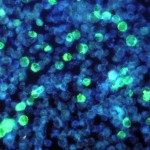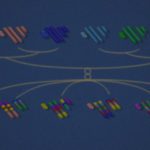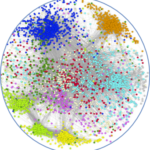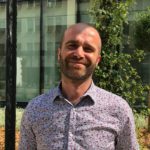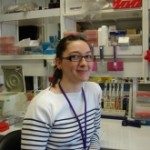Link to Pubmed [PMID] – 33649222
Link to DOI – e201883411810.1073/pnas.2018834118
Proc Natl Acad Sci U S A 2021 Mar; 118(10):
Natural killer (NK) cells are innate effectors armed with cytotoxic and cytokine-secreting capacities whose spontaneous antitumor activity is key to numerous immunotherapeutic strategies. However, current mouse models fail to mirror the extensive immune system variation that exists in the human population which may impact on NK cell-based therapies. We performed a comprehensive profiling of NK cells in the Collaborative Cross (CC), a collection of novel recombinant inbred mouse strains whose genetic diversity matches that of humans, thereby providing a unique and highly diverse small animal model for the study of immune variation. We demonstrate that NK cells from CC strains displayed a breadth of phenotypic and functional variation reminiscent of that reported for humans with regards to cell numbers, key marker expression, and functional capacities. We took advantage of the vast genetic diversity of the CC and identified nine genomic loci through quantitative trait locus mapping driving these phenotypic variations. SNP haplotype patterns and variant effect analyses identified candidate genes associated with lung NK cell numbers, frequencies of CD94+ NK cells, and expression levels of NKp46. Thus, we demonstrate that the CC represents an outstanding resource to study NK cell diversity and its regulation by host genetics.
